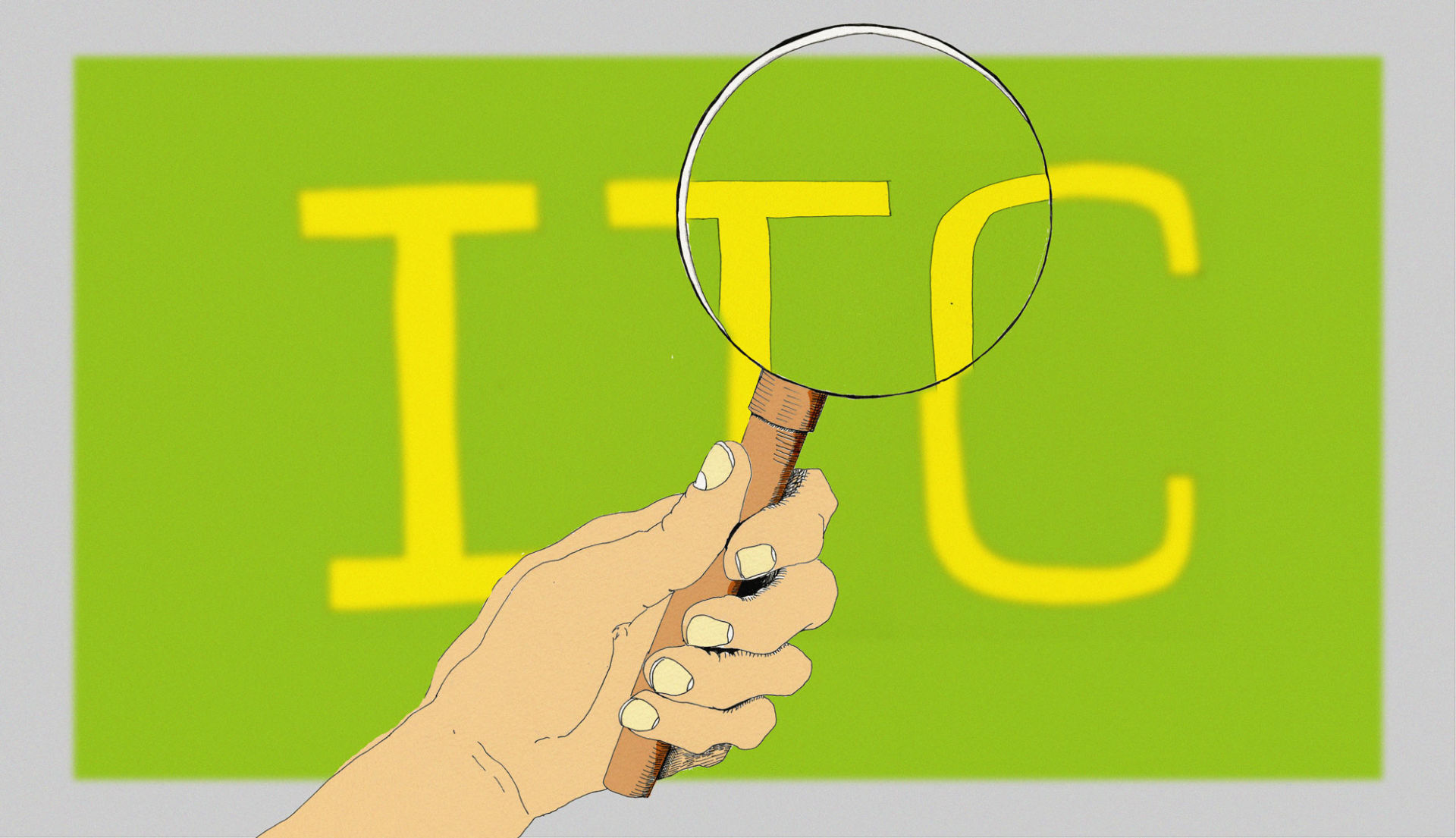
A big thanks to Barry Cinnamon and the Energy Show for letting us share these pointers, most of which were cribbed from Barry’s excellent, end-user-facing ITC podcast, which you can find here.
As you probably know, 2019 is the last year for the full 30% tax credit. In 2020, it will step down to 26%, and in 2021, it’s down to 22%. After 2022, the ITC will drop to zero. While it’s a bit late in Q4 for the 30% tax credit to be an effective 2019 sales tool (the system must be in place before the end of 2019), at 26% in 2020, the ITC will continue be one of the solar industry’s best drivers of growth.
From car ports to batteries, the ITC checks a lot of solar-related boxes. The following are some talking points to hit with your residential customers in 2020. [Note: The following is for informational purposes only. It also applies to residential projects, not commercial projects. Please consult a tax accountant before making any big decisions.]
- The 30% ITC covers a lot. The tax credit applies to all the costs that are directly related to the solar system. This includes system permits, sales tax, and engineering.
- Add a battery storage system. (Note: solar must provide 75% or more of the battery’s charge.)
- Keep the lights on. Backup power is important to keep the lights on in a disaster or during the increasingly common public safety power shutoffs (PSPS).
- Combat rising electricity rate. Batteries can be used to offset high electricity costs in the afternoon.
- Use the tax for electrical upgrades.
- If your customer has an 100 or 125 amp service panel, the tax credit would offset the cost of upgrading that service panel—or upgrading the electrical service—to a 200 amp panel.
- With an upgraded panel, they can put in a larger system, or add heat pumps.
- If your customer has an 100 or 125 amp service panel, the tax credit would offset the cost of upgrading that service panel—or upgrading the electrical service—to a 200 amp panel.
- Fix the roof. (The tax credit applies to roof areas where the solar will be installed.)
- If the roof needs to be structurally reinforced, or if a structure to support the solar panels needs to be built—be it a carport, pergola, etc.—that is also allowed under the ITC.
- Roll the tax over to the following year.
- Even if your customers doesn’t have enough tax liability to claim the entire credit in one year, they can “roll over” the remaining credits to future years, for as long as the tax credit is in effect.
- Homeowners with rental properties can add solar. This is considered a commercial property and commercial customers get accelerated depreciation and bonus appreciation.
Important notes
- According to the IRS, to claim the solar tax credit on a 2019 tax return, the system must be placed in service before the end of 2019. For 2020, this will be the same: the systems must be placed in service before the end of 2020 to claim the 26% tax credit on a 2020 return.
- The ITC has been a huge driver for the solar industry and to help achieve our climate goals. Please support your state and national solar association and help the ITC continue beyond the 2022 end date.
*A previous version of this article mistakenly stated that off-grid systems are not eligible for the ITC. That is incorrect.
Resources
https://news.energysage.com/how-do-i-claim-the-solar-tax-credit/
https://calssa.org/understanding-itc
https://www.seia.org/research-resources/residential-itc-phasedown
https://www.seia.org/modules/defend-solar-itc




